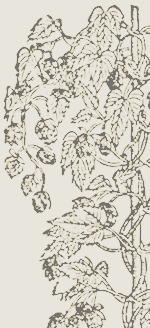 Arias from The Magic Flute Mozart (arr. Stumpf) 2 clarinets, 2 horns, 2 bassoons  | |
Title Page
|
Mozart's opera "The Magic Fute" was first performed in September 1791, a few months before the composer"s death . It was written for
Schikaneder's theatrical troupe with whom Mozart had written some music for previous productions of that company and was performed in the
Freihaus-Theater auf der Wieden where the troupe was the resident company. While The Marriage of Figaro is
opera buffa, The Magic Flute borders on "vaudeville" with moments of comedy and slapstick together with intense drama. For the arranger it is a
rich source of material with memorable tunes throughout and many arrangements have been made of the opera from such as Triebensee and Wenzel
Sedlak. It was a potentially lucrative business to arrange material from popular operas, and required no little skill to do successfully. Mozart
recognised this source of income when he wrote to his father in 1782: I have no little work in front of me. By Sunday week my opera
[probably "Die Entfhrung aus dem Serail"] must be orchestrated for a band, or someone will step in in front of
me and take the profit. ... You cannot imagine what hard work it is to orchestrate such a thing to make it fit for wind-instruments without
sacrificing the whole effect. Well, I must just spend the night over it.
This arrangement is by Johann Christian Stumpf (c.1740 – c.1801) who was a German composer and bassoonist. Very little is known about him
but he seems to have spent most of his time in Frankfurt-am-Main employed as a professional bassoonist. Arrangements of operatic choruses and
arias were very popular at the time and Stumpf was happy to produce more than twenty of them. The majority were scored for wind sextet as this
one is, and he used this combination in his only original Harmonie work, the
Harmonie in E flat for 2 clarinets, 2 bassoons and 2 horns. According to the title page this is the second
collection of arias and choruses from The Magic Flute that Stumpf arranged. |
Copyright 2007 – 2013 Hop Vine Music

